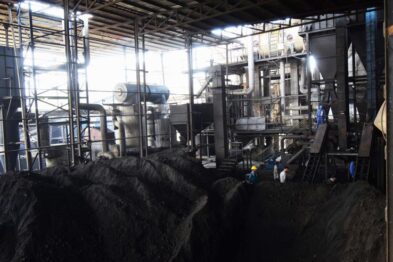Across the U.S., there are millions of non-producing, unplugged oil and gas wells. Moreover, the majority of oil and gas wells produce very little output, with a median annual revenue below $100,000. Policymakers have increasingly expressed concern about who will pay for end-of-life clean-up costs for this large stock of aging wells. These concerns are exacerbated by the fact that hundreds of thousands of aging wells are owned by small firms who may not be able to afford end-of-life costs. In this context, we document patterns of oil and gas well ownership across the life-cycle. We show that wells are traditionally sold to progressively smaller firms as they age. We then build a model of well operations, showing that this progression can arise from specialization across firms in well type, but it can also arise as owners sell off to small firms that declare bankruptcy to offload environmental liabilities. We conclude with policy implications related to well plugging, bonding requirements, and decarbonization.
Seminars·May 13, 2025
Sarah Armitage, Boston University
- Location: Saieh Hall, Room 146 Google Map
- Date and Time: –
Cutting Costs or Cutting Corners: Ownership across the Life Cycle of Oil and Gas Wells















